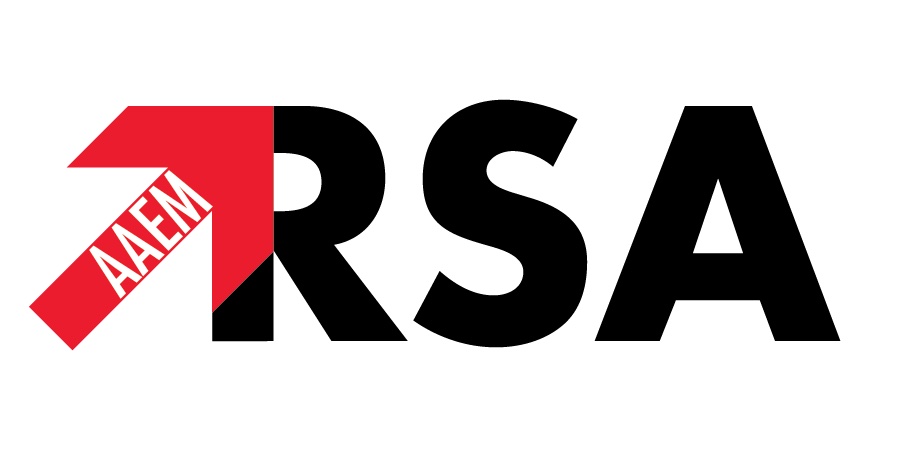1. Apply for Your Rotations Early
Keep in mind some programs open their applications as soon as January. Check VSAS and EM programs’ websites for more information on when their applications open. Given the current popularity of EM, audition rotations are as competitive as ever. In fact, one program I applied to actually informed me that they had over 250 students apply for the six spots per month that they offer. In this case, the early bird gets the worm.
2. Location, Location, Location
Interested in matching in highly competitive areas such as California, New York City, or somewhere near your family? Rotating in those cities of interest, or at least in the general region, will increase your chances of receiving an interview at other programs in the area. However, keep in mind they can be very expensive and stressful, as you have to live in another city and may be living out of a suitcase for an entire month.
3. Academic vs. Community vs. County
The patient populations and experiences at different programs vary greatly. While still in medical school, it may be hard to know in what type of program you want to spend the next few years of your life. Rotating through at least two different types of programs (i.e., community and academic) can help you decide that before application season. If you are really interested in research and teaching, an academic program may be the best route for you.
4. Three vs. Four Year Programs
While not a hard rule by any means, many community programs are three years and academic programs tend to be four. If you are older and took some time off before starting medical school, you may want to apply to three year programs so you can get out into the work force sooner.
5. How Many Rotations Should I Do?
One is essentially required, as you need to obtain a Standardized Letter of Evaluation (SLOE) from an EM program director to successfully apply for residency. For most people, two rotations are ideal. Keep in mind that they are essentially a month long interview and can be quite stressful and burnout can easily ensue. After two or three months of emergency medicine, you may be better off spending your time doing other rotations that can benefit you in the field of EM such as toxicology or anesthesia.
6. When Should I Actually Rotate?
Try to rotate after you complete your home EM rotation. You should strive to get a SLOE from each program you rotate at (in fact, it is a red flag if you do not have one). Ideally, you want all your SLOEs in before the Medical Student Performance Evaluation (MSPE) Dean’s letter gets submitted on October 1st, so rotating between June-September is best. However, if you have a particular interest in a certain program and do not get an away rotation there until later in year, it can certainly still benefit you for that specific program.
7. Have Fun!
While you are on an audition rotation, it is your time to get to know the program as well. Do your best to get to know the residents and see if the environment is one where you want to train for the next few years.
Author: Michael Wilk, 2015-2016 President, AAEM/RSA Medical Student Council
